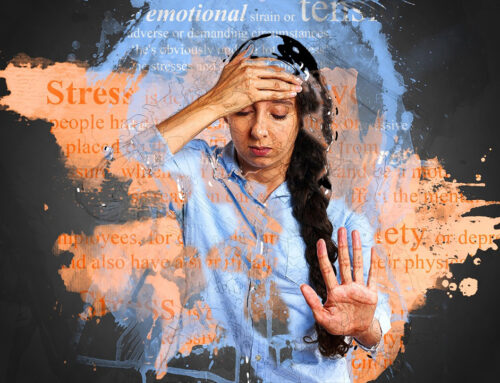Phobia is defined as excessive fear of a specific situation, object or circumstance. A strong and persisting fear of one specific object or situation associated with other symptoms is referred to as “specific” phobia. When exposed to the feared object or situation, the person with specific phobia anticipates harm or fear far out of proportion to the actual threat or may fear loss of control. This in turn results in significant distress in the form of intense anxiety and even a panic attack. Anxiety causes the person to avoid the feared object or situation. It can interfere with the individual’s social interactions, functioning at work or certain activities like flying or driving.
It is the most common mental disorder in women with 14 -16 percent of women experiencing some form of phobia at any given time in USA. It’s the second most common mental disorder in men, affecting 5 – 7 percent of men in this country at any given time.
Most phobias develop between ages of 5 and 9 years and persist throughout adulthood. Phobias of specific situations, for example public speaking, tend to develop in early adulthood.
Objects causing phobia include spiders (arachnophobia), insects, dogs, cockroaches, and so on. Some people have phobia of needles, blood (hemophobia), injury, and even of medical care. Phobias of situations include phobias of heights (acrophobia), storms, water, driving cars, wide open spaces (agoraphobia), driving over bridges, tunnels, airplanes, elevators, enclosed spaces, crowded places, public speaking, going in a subway and many others. Fear of vomiting is emetophobia.
Untreated, phobias cause significant impairment in an individual’s personal, social and occupational life. A person with fear of flying avoids flying even when it is important and only travels by ground transportation even though they have to travel for days. People with fear of driving only drive short distance from their home and have to depend on others for rides. Fear of needles and blood prevents individuals from getting blood tests delaying diagnosis and treatment of medical illnesses.
Some turn to alcohol or other substances to cope with the anxiety when exposed to the feared situation or object. It is not uncommon for those suffering from specific phobias to have other types of anxiety. A third of people with phobia also experience depression.
Why do some people develop phobias?
Interaction between genetic factors and environmental factors result in specific phobias. A common causative or contributing factor in children with certain temperament, who develop specific phobias, is being subjected to a chronic stress such as humiliation and criticism from older sibling, parental fights, or loss and separation from parents.
The good news is that phobias are treatable medical conditions and can be overcome successfully. It is important to seek treatment for the phobias as it frees you to live life to your potential comfortably.
Treatments consist of psychotherapy and medications. One effective psychotherapeutic treatment involves self-exposure to the feared object or situation with guidance from therapist to manage the anxiety. Behavioral therapy specifically designed to gradually diminish the fear helps most patients. Some specific phobias respond to medications while most respond to behavioral therapy. A number of computer-generated treatments have been developed. Phobic individuals are exposed to or interact with the feared object or situation on the computer screen and gradually learn to overcome the fear and phobia. Here are a few applications: BeFearless, Phobia Free, Zerophobia, Fears & Phobia, Arachnophobia free. There are many others. You can search on internet and find one that suits you. Check it out!
So, remember, phobias are common medical conditions that can be disabling but are very treatable.
 by Prakash P Amin, MD
by Prakash P Amin, MD
Board Certified in Psychiatry, Hamilton, NJ
Vice-President, SAMHIN






